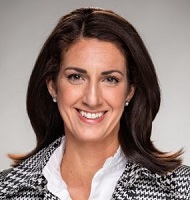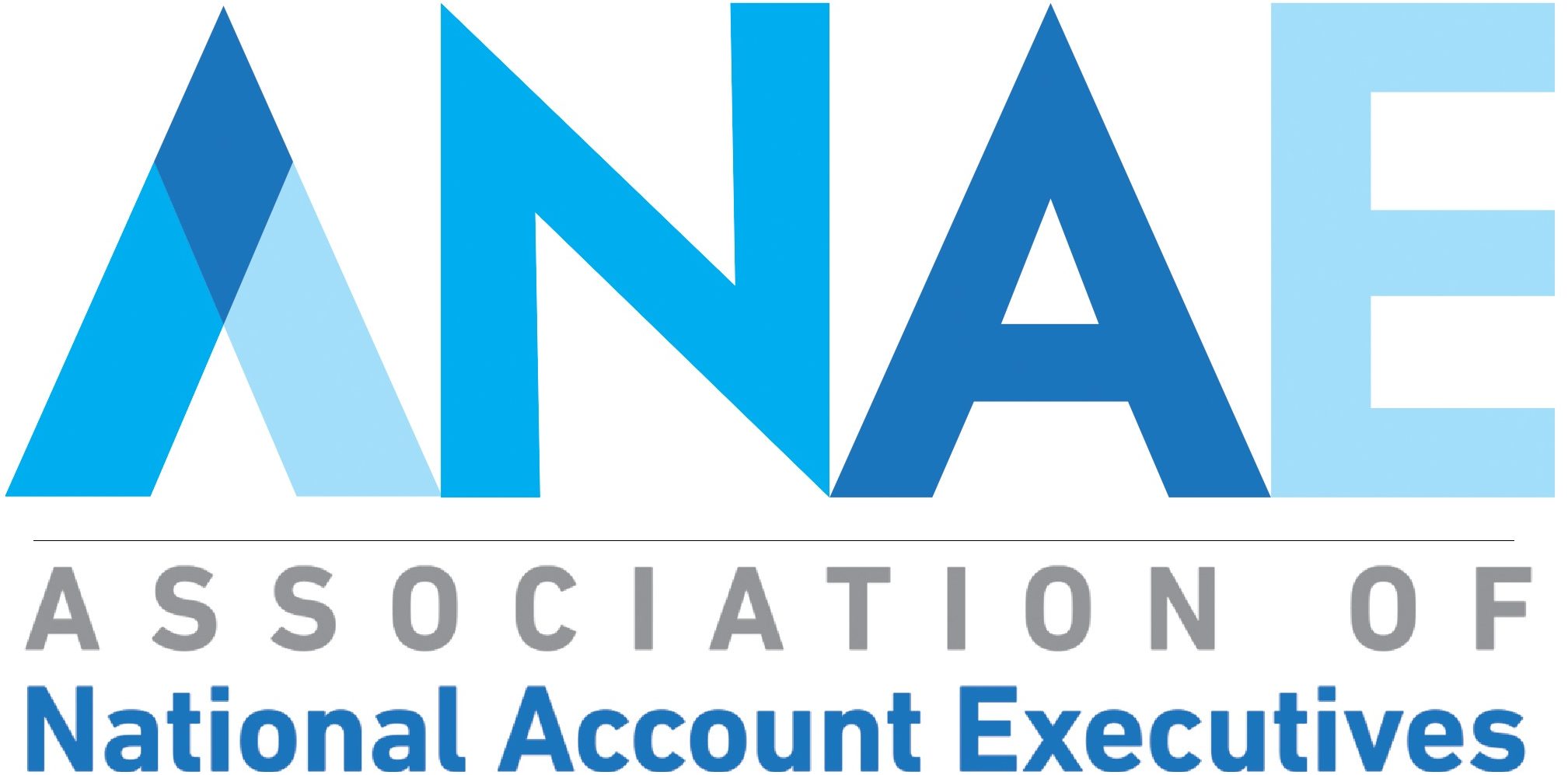The large, Central Florida-based health system still has its eye on COVID-19, even as it resumes normal operations

In the latest Supply Chain Leader Learning Webinar, Marisa Farabaugh, SVP and Chief Supply Chain Officer for AdventHealth, shared insights into the priorities of her IDN after the COVID-19 pandemic changed the way health systems operate during and after the crisis. She also discussed ways ANAE members can develop successful relationships with supply chain executives.
AdventHealth (Altamonte Springs, FL) has nearly 50 hospital campuses and hundreds of care sites in diverse markets throughout nine states. It provides patient care through more than 80,000 caregivers in physician practices, hospitals, outpatient clinics, skilled nursing facilities, home health agencies and hospice centers, and the clinical team at AdventHealth is wholly involved in its supply chain.
“Healthcare supply chain absent clinical involvement isn’t effective,” Farabaugh says.
Sourcing supply at the corporate level
Keeping clinical needs front and center during the peak of the COVID-19 pandemic, AdventHealth was able to secure more than enough PPE for its facilities. More than 500 new sources of PPE had to be vetted as the traditional channels were stretched beyond the demand.
“Sourcing and generating POs at the corporate level took away the responsibility from the local facilities to source PPE,” Farabaugh says. “It moved it to a central group, moving transactions forward and creating other processes, including vetting and onboarding new vendors, outside of the norm.”
The large health system in Central Florida used the Amway Center (Orlando, FL), home to the NBA’s Orlando Magic, as a cross-docking location for products coming in by the millions. Regional facilities were set up to stage and house PPE, and over 4,000 pallets of PPE entered the Amway Center. AdventHealth acquired a new warehouse to house some of it as many markets did not experience the COVID-19 levels originally anticipated.
“Our CEO had the expectation that PPE would not be the restricting element during the pandemic,” Farabaugh says. “I’m so proud of the team during this time of crisis. It brought out different ways of thinking and highlighted everyone working well together in a short period of time.”
The pandemic shined a spotlight on the relevance and necessity of the healthcare supply chain.
“The industry’s focus is on patient care and outcomes, but this has given the C-suite a better understanding of the importance of the supply chain,” Farabaugh says. “If it isn’t there, it can cripple the business. Supply chain leaders can now lean in and take ownership.”
AdventHealth, like other large health systems, has the financial ability, aptitude and skill set to make changes to its supply chain. But the question is ‘what should be in place for the next three to five years?’
“Creating warehousing and storage of large amounts of inventory may or may not be the answer,” Farabaugh says. “We’re preparing for strategy sessions with leaders in our organization.”
Relationships drive collaboration
For suppliers, relationships will remain the key driver for supplier and provider collaboration.
“Those relationships are cultivated over time and decisions are driven by those relationships, not by ‘what can you do for me,’” Farabaugh says. “Our CEO is interested in developing those relationships with the supplier community and setting up connections with different groups.”
After delivering on an enormous list of challenges during the pandemic, AdventHealth still has one eye set on COVID-19 and the other on getting back to operations as normal. Volume is back to 90-95% of this time last year, according to Farabaugh, particularly in the surgical department. However, the public is hesitant to come back to the emergency department.
“Teleconnecting with patients is more important than ever and it kept the engine running while restrictions were in place during the pandemic,” Farabaugh says.
